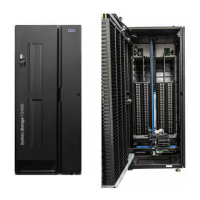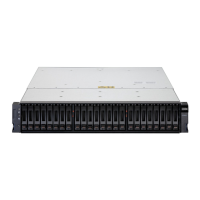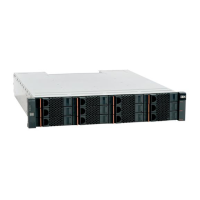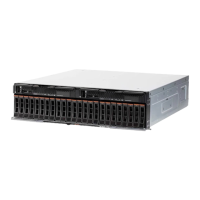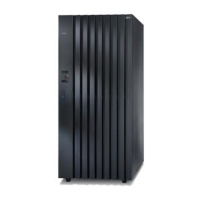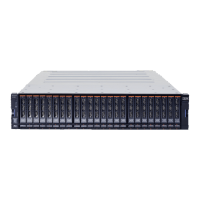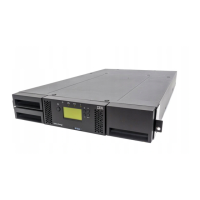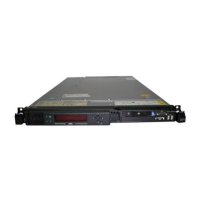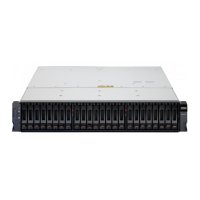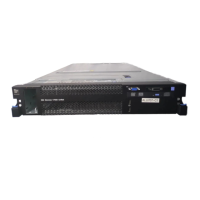196 IBM System Storage N series Hardware Guide
Where possible, a good practice from the beginning is to try to avoid fully populating disk
shelves. It is much more flexible to install a new storage system with two half-full disk shelves
that are attached to it rather than a single full shelf. The added cost is minimal and quickly
recovered the first time that more disks are added.
Similar consideration can be given to allocating network resources. For instance, if a storage
system has two available gigabit Ethernet interfaces, it is good practice to install and
configure both interfaces from the beginning. Commonly, one interface is configured for actual
production use and one as a standby in case of failure. However, it is also possible (given a
network environment that supports this) to configure both interfaces to be in use and provide
mutual failover protection to each other. This arrangement provides more insurance because
both interfaces are constantly in use. Therefore, you do not find that the standby interface is
broken when you need it at the time of failure.
Overall, it is valuable to consider how the environment might change in the future and to
engineer in flexibility from the beginning.
14.2.7 Application considerations
Different applications and environments put different workloads on the storage system. This
section describes a few considerations that are best addressed early in the planning and
installation phases.
Home directories and desktop serving
This traditional application is used for network-attached storage solutions. Because many
clients are attached to one or more servers, there is little possibility to effectively plan and
model in advance of actual deployment. However, the following common sense
considerations can help:
This environment is characterized by the use of Network File System (NFS) or Common
Internet File System (CIFS) protocols.
It is accessed by using Ethernet with TCP/IP as the primary access mechanism.
The mix of reading and writing heavily favors the reading side. Uptime requirements are
less than those for enterprise application situations, so scheduling downtime for
maintenance is not too difficult.
In this environment, the requirements for redundancy and maximum uptime are sometimes
reduced. The importance of data writing throughput is also lessened. More important is the
protection that is offered by Snapshot facilities to protect user data and provide for rapid
recovery in case of accidental deletion or corruption. For example, email viruses can disrupt
this type of environment more readily than an environment that serves applications, such as
Oracle or SAP.
Load balancing in this environment often takes the form of moving specific home directories
from one storage system to another, or moving client systems from one subnet to another.
Effective prior planning is difficult. The best planning takes into account that the production
environment is dynamic, and therefore flexibility is key.
It is especially important in this environment to install with maximum flexibility in mind from the
beginning. This environment also tends to use many Snapshot images to maximize the
protection that is offered to the user.

